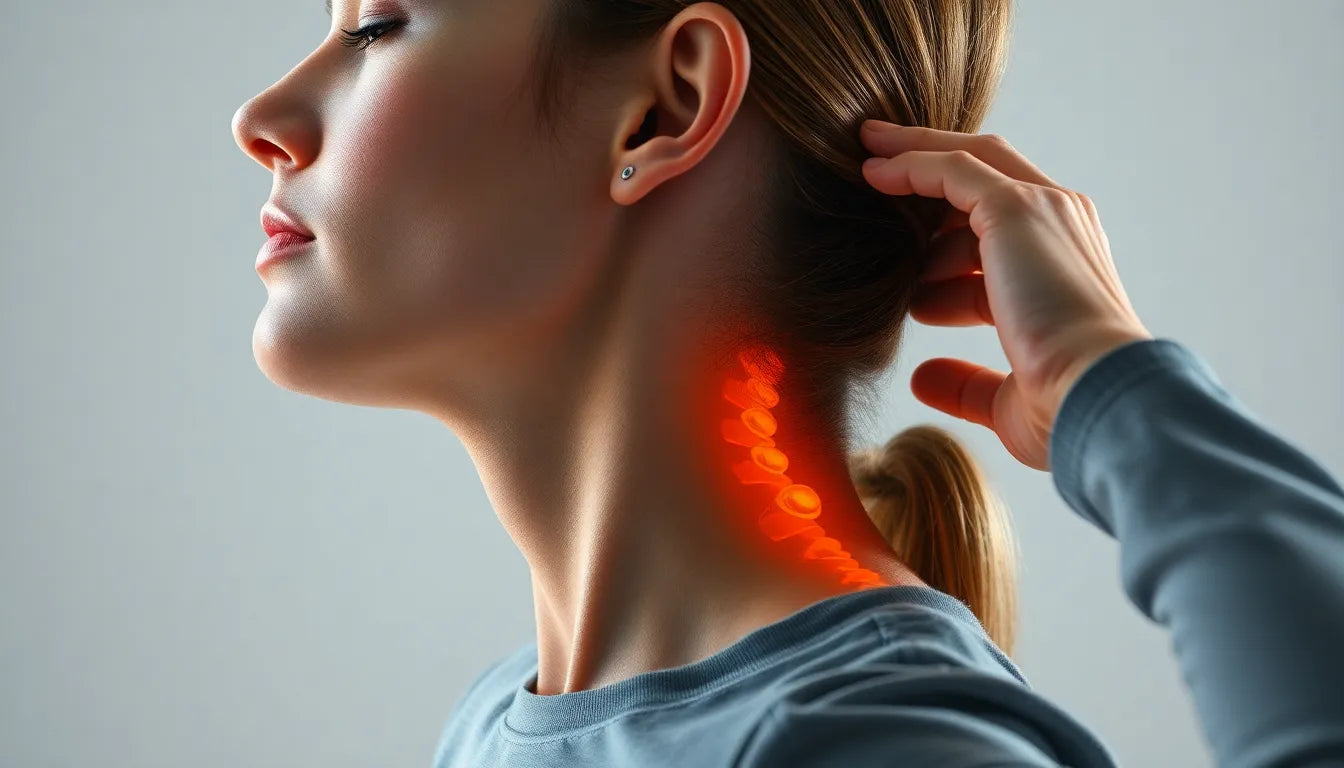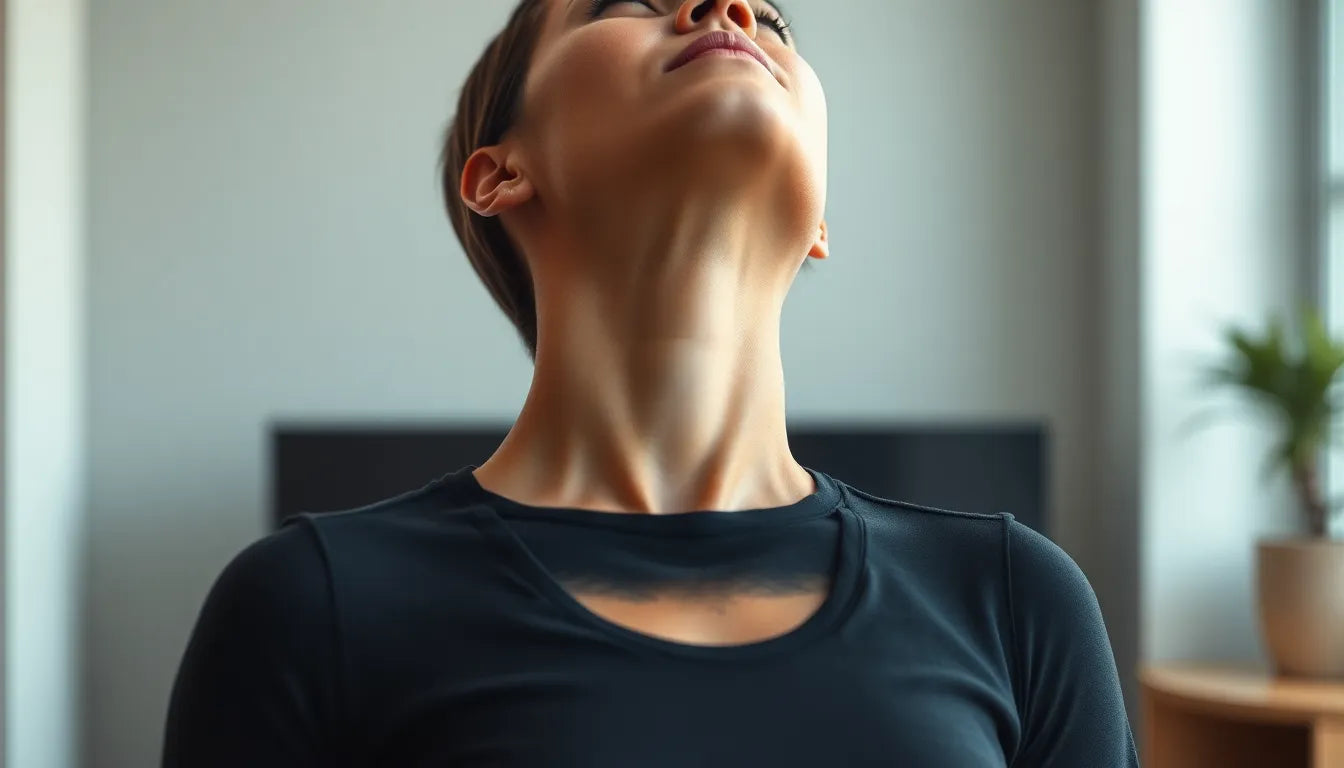For those leading active lifestyles or engaged in sports, the risk of experiencing a buttock strain is not uncommon. This type of injury can significantly impact daily activities, causing discomfort and limiting mobility. Addressing a buttock strain promptly is crucial to prevent further complications and ensure a swift recovery. Understanding the nature of this injury and its causes can help in managing and alleviating the pain effectively.
understanding buttock strain
A buttock strain occurs when the gluteal muscles—gluteus maximus, medius, or minimus—are overstretched or torn. These muscles play a vital role in movements such as walking, running, and jumping, making them susceptible to injury. Common causes of buttock strains include engaging in sports activities, making sudden awkward movements, sustaining direct trauma, or overusing these muscles during physical exertion. Recognizing the factors that contribute to such injuries can aid in both prevention and treatment.
purpose of the post
This post aims to explore quick solutions and preventive measures for easing the pain associated with buttock strains. By understanding the underlying causes and symptoms, individuals can take proactive steps to facilitate recovery and prevent future occurrences. Whether you are dealing with a mild strain or looking to fortify your gluteal muscles against potential injuries, this guide offers valuable insights and practical advice to help you on your journey to recovery.
symptoms and initial response to buttock strain
Recognizing the symptoms of a buttock strain is the first step toward effective management and recovery. Common indicators include a sharp or sudden pain in the buttocks, which may extend to the hip or thigh, swelling, and difficulty moving or walking. Pain often intensifies with physical activity, making it crucial to address these symptoms promptly.
When a buttock strain is suspected, immediate action can significantly impact recovery time. Rest is paramount; avoid activities that exacerbate the pain. Apply ice packs to the affected area for 15–20 minutes every 1–2 hours to reduce inflammation. Elevating the affected side and modifying activities can also help prevent further injury.
effective treatment approaches for buttock strain
immediate stage interventions
The immediate stage of treating a buttock strain focuses on minimizing inflammation and preventing further damage. Resting the injured muscles is essential, as is applying cold therapy. Briefly elevating the affected area can help reduce swelling, while modifying activities ensures that the strain does not worsen.
early rehabilitation techniques
As the initial pain subsides, early rehabilitation becomes crucial. Gentle stretching exercises are recommended to maintain flexibility and prevent stiffness. Gradually introducing muscle activation and strengthening exercises can aid in restoring function and reducing the risk of future strains. Always listen to your body and avoid pushing through pain.
professional interventions for severe cases
In some instances, professional intervention may be necessary. Physiotherapy can provide tailored exercises and treatments to facilitate recovery. Deep tissue massage is another option, helping to release tension and promote healing in the affected muscles. For more severe cases, corticosteroid injections might be considered to manage inflammation and pain.
self-care and home remedies
In addition to professional treatments, several self-care strategies can support recovery from a buttock strain. Foam rolling is a popular technique for relieving muscle tightness and improving circulation. Alternating between heat and cold therapy can also be beneficial—use heat to relax tense muscles and cold to address acute inflammation.
Over-the-counter anti-inflammatory medications, such as NSAIDs, can help manage pain and reduce swelling. However, it's important to use these medications as directed and consult a healthcare professional if necessary. Below is a table of recommended at-home remedies and their benefits:
| Remedy | Benefits |
|---|---|
| Foam Rolling | Relieves muscle tightness, improves circulation |
| Heat Therapy | Relaxes tense muscles |
| Cold Therapy | Reduces acute inflammation |
| NSAIDs | Manages pain and swelling |
By combining these treatment approaches with professional guidance when needed, individuals can effectively manage buttock strains and work towards a complete recovery. Remember, patience and consistency in following these guidelines are key to overcoming this common yet challenging injury.

Lumbar support belt
Provides lower back support and relief; ideal for tension, pain, and posture issues.
recovery timeline and prevention strategies for buttock strain
Understanding the recovery timeline for a buttock strain is essential for managing expectations and planning a safe return to activities. Typically, recovery can range from a few days to several weeks, depending on the severity of the strain and adherence to treatment protocols. Initially, focus on rest and gradual reintroduction of movements that engage the gluteal muscles, such as walking or stair climbing. It's crucial to ensure complete pain resolution before resuming intense activities to prevent re-injury.
Preventive strategies play a vital role in minimizing the risk of future strains. Prioritize a comprehensive warm-up routine before engaging in physical activities to prepare the muscles. Strengthening the gluteal muscles through targeted exercises can enhance their resilience and support overall stability. Additionally, maintaining proper posture and avoiding prolonged sitting or repetitive stress can help protect the gluteal muscles from strain.

Men's Posture Shirt™ - White
Supports posture and muscle activation for men; designed to help reduce pain and promote alignment.
enhancing recovery with visual aids
Incorporating visual aids into your recovery routine can be highly beneficial. Consider using images or videos that demonstrate proper stretching and strengthening exercises for the gluteal muscles. These resources can guide you in performing exercises correctly, ensuring that you maximize their benefits while minimizing the risk of injury. Visual aids can also serve as motivation and a reminder to stay consistent with your rehabilitation efforts.
frequently asked questions
What is the fastest way to relieve a buttock strain?
The fastest way to relieve a buttock strain involves immediate rest and application of ice to the affected area. Follow this with gentle stretching exercises and over-the-counter pain relief medications as needed to manage discomfort and support recovery.
When should I see a doctor for a buttock strain?
You should consider seeing a doctor if symptoms persist beyond a few days, if you experience significant trauma, or if you notice neurological symptoms such as numbness or weakness. A healthcare professional can provide a thorough assessment and recommend appropriate interventions.
Can ergonomic aids help prevent buttock strains?
Yes, ergonomic aids such as cushions or supports can help maintain proper posture and reduce strain on the gluteal muscles. These aids are particularly beneficial for individuals who spend long periods sitting or performing repetitive tasks.
How long does it take to recover from a buttock strain?
Recovery time for a buttock strain varies but typically ranges from a few days to several weeks. The duration depends on the severity of the strain and how closely you follow treatment and rehabilitation protocols. Consistent adherence to recommended practices can facilitate a quicker recovery.
Källor
- Dallas Pain Consultants. "Buttock Pain Management."
- POSM. "Common Treatments for Groin and Buttock Pain."
- Cleveland Clinic. "Piriformis Syndrome."
- Ortho Utah. "Gluteal Strain."
- PubMed Central. "Research on Muscle Strains."
- Physio.co.uk. "Gluteus Strain Information."
- American Hip Institute. "Signs and Symptoms of Gluteus Maximus Injury."
- Brown Health. "Gluteus Medius Tears: Symptoms, Causes, and Treatment."
- Benjamin Domb, MD. "How to Treat a Pulled Gluteus Maximus."
- Cleveland Clinic. "Gluteal Tendinopathy."


















